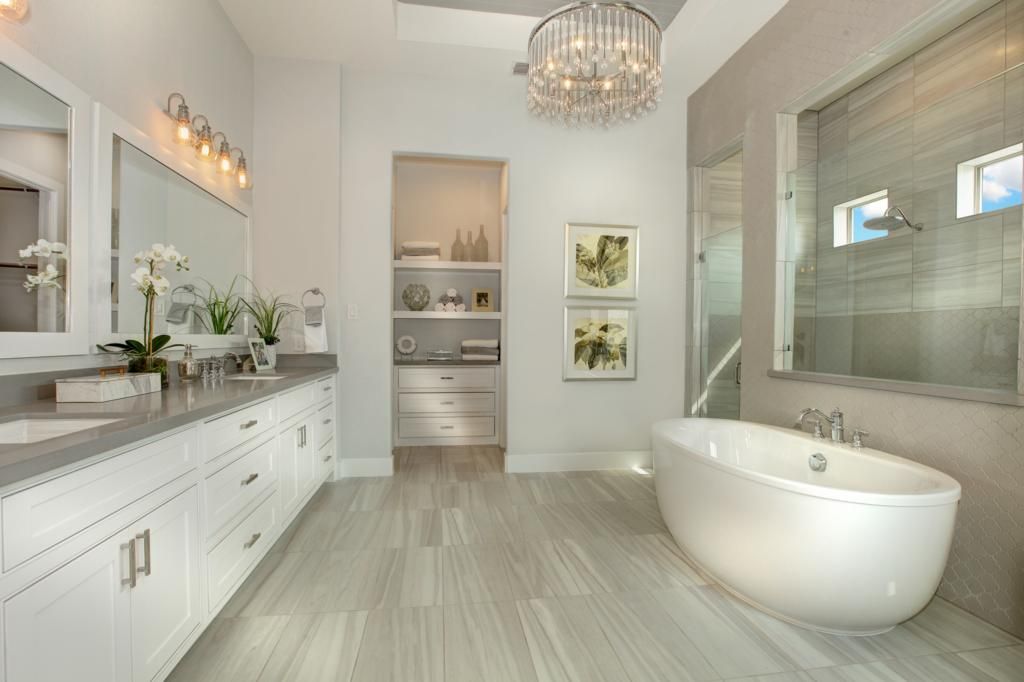
Best Practices for Eco-Friendly Bathrooms: A Tech Pro's Guide
Share
In today's rapidly evolving world, the integration of technology and sustainability in our daily lives has become more crucial than ever. Among various household spaces, bathrooms offer a unique opportunity to implement eco-friendly practices without compromising on style or functionality. For tech professionals and enthusiasts, crafting an eco-friendly bathroom using the latest innovations is not only a responsible choice but also an exciting challenge. This article delves into the best practices for eco-friendly bathrooms, offering insights that align with tech-savvy lifestyles.

Why Choose Eco-Friendly Bathroom Solutions?
For tech professionals, the allure of eco-friendly bathroom solutions lies in their ability to merge cutting-edge technology with environmental consciousness. By adopting these practices, you not only contribute to reducing your carbon footprint but also enhance the efficiency and aesthetics of your home. Moreover, the use of smart technology in the bathroom can lead to significant water and energy savings, translating into reduced utility bills and a more sustainable home environment.
Smart Technology for Water Conservation
One of the most significant areas where technology can make a difference is in water conservation. The installation of water-saving toilets is a prime example. These toilets are designed with dual-flush systems that allow users to choose between a light or full flush, conserving water with every use. For more details on the science behind these systems, you can explore dual-flush systems.
Additionally, smart faucets equipped with sensors ensure that water only flows when needed, reducing wastage significantly. These faucets can be programmed to dispense water at specific temperatures, adding convenience and efficiency to your bathroom routine.
Energy-Efficient Lighting and Ventilation
Lighting and ventilation are critical components of bathroom design that can be optimized for sustainability. LED lighting is a must for any eco-friendly bathroom. It consumes less energy than traditional bulbs and has a longer lifespan, making it a cost-effective choice. Consider installing motion sensors or timers that automatically switch off lights when the bathroom is not in use, further enhancing energy efficiency.
For ventilation, energy-efficient fans help remove moisture and odors while using minimal electricity. Some advanced models can be connected to your smart home system, allowing you to control them remotely or set schedules based on your daily routines.
Eco-Friendly Materials and Finishes
The choice of materials plays a pivotal role in establishing an eco-friendly bathroom. Opt for sustainable materials such as bamboo or recycled glass for countertops and flooring. These materials not only have a lower environmental impact but also bring a unique aesthetic to your space.
When it comes to finishes, low-VOC (volatile organic compounds) paints and sealants are essential for maintaining indoor air quality. They limit the release of harmful chemicals, ensuring a healthier environment for you and your family.
Innovative Shower Systems
Shower systems have seen remarkable innovations aimed at reducing water consumption. Low-flow showerheads are designed to use less water without compromising on the showering experience. Some models even incorporate technology to recycle water within the system, offering significant savings.
For tech enthusiasts, smart shower systems that allow you to pre-set shower duration and temperature via an app add a layer of convenience while ensuring water conservation. These systems can be integrated with your home automation setup for seamless control.
Monitoring and Maintenance
Regular monitoring and maintenance are crucial for sustaining an eco-friendly bathroom. Smart water meters and leak detectors can alert you to any issues, allowing for timely interventions. These tools help prevent water wastage and potential damage to your home.
Routine checks of plumbing fixtures and seals ensure they operate efficiently and are free from leaks. This proactive approach not only conserves water but also extends the life of your bathroom fixtures.
Final Thoughts
Creating an eco-friendly bathroom is a rewarding venture that merges sustainability with modern technology. By adopting these best practices, tech professionals can enjoy a space that reflects their commitment to environmental stewardship while benefiting from the latest advancements in smart home technology. For further insights on water efficiency, you might find this guide on water-saving toilets helpful.

FAQs
What are the benefits of smart water-saving devices?
Smart water-saving devices, such as sensor-equipped faucets and dual-flush toilets, can significantly reduce water usage. They offer convenience, help lower utility bills, and contribute to a sustainable lifestyle.
How can I ensure my bathroom is energy-efficient?
To ensure energy efficiency, use LED lighting with motion sensors, invest in energy-efficient ventilation fans, and consider smart home integration for automated control of lights and appliances.
Are there any tax incentives for eco-friendly bathroom upgrades?
In some regions, tax incentives or rebates may be available for installing energy-efficient appliances and fixtures. It's advisable to check with local government programs to see if you qualify for any benefits.
This article contains affiliate links. We may earn a commission at no extra cost to you.
